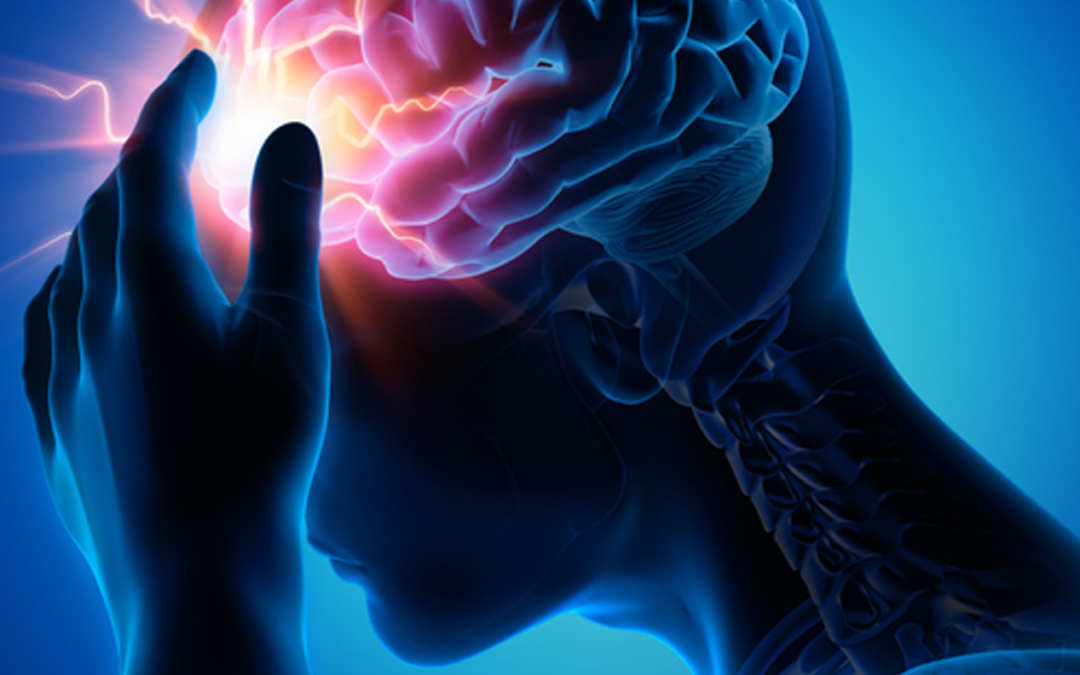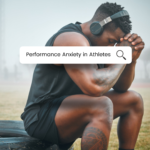In the highly competitive world of sports, where the margins between victory and defeat are often razor-thin, athletes are constantly seeking innovative ways to gain a mental edge over their opponents. One such cutting-edge technology that has been gaining prominence is neurofeedback. This comprehensive review aims to explore the diverse ways in which neurofeedback can be employed to optimize cognitive functions—specifically attention, memory, and decision-making—in athletes while delving into tailored neurofeedback protocols to address the unique mental demands of different sports.
Understanding Neurofeedback
Neurofeedback, also known as EEG biofeedback or neurotherapy, is a non-invasive technique that involves monitoring and providing real-time feedback on brain activity. It is rooted in the idea that individuals can learn to self-regulate and optimize their brain function through this feedback mechanism. Electroencephalography (EEG) is the primary tool used in neurofeedback, capturing the electrical activity of the brain and translating it into actionable data.
Enhancing Attentional Control in Athletes
Attention is a crucial cognitive function for athletes across various sports. Whether it’s a basketball player maintaining focus during a free throw, a tennis player tracking the ball, or a quarterback making split-second decisions, optimal attentional control is paramount. Neurofeedback offers targeted interventions to enhance attention by training individuals to modulate specific brainwave patterns associated with focus.
Research indicates that protocols focusing on increasing the amplitude of beta brainwaves (12-30 Hz) can improve sustained attention. For athletes, this may translate to better concentration during extended periods of play or training sessions. Moreover, neurofeedback can be customized based on the attentional demands of specific sports, ensuring relevance and efficacy.
Memory Enhancement for Sports Performance
In sports, memory plays a pivotal role in learning and executing complex strategies, recalling opponents’ patterns, and adapting to changing game scenarios. Neurofeedback has shown promise in improving both working memory and episodic memory—the ability to recall specific events.
Studies suggest that neurofeedback protocols targeting the enhancement of theta (4-8 Hz) and gamma (30-40 Hz) brainwaves may contribute to memory improvement. Athletes engaged in sports that require quick decision-making based on stored information, such as soccer or baseball, could benefit significantly from memory-enhancing neurofeedback interventions.
Optimizing Decision-Making Under Pressure
Athletes often find themselves in high-pressure situations where split-second decisions can determine the outcome of a game. Neurofeedback interventions can be tailored to enhance an athlete’s ability to make effective decisions under stress.
Specifically, protocols focusing on improving the ratio of alpha (8-12 Hz) to theta brainwaves have been linked to better cognitive flexibility and decision-making. By training athletes to regulate this ratio, neurofeedback may contribute to improved decision-making even in the midst of intense competition.
Tailoring Neurofeedback Protocols to Sports-Specific Mental Demands
One of the strengths of neurofeedback lies in its adaptability to the unique cognitive demands of different sports. For example:
- Precision Sports (e.g., Golf, Archery): Athletes in precision sports benefit from neurofeedback protocols that enhance fine motor control and focus. Training to increase beta waves in specific regions associated with motor planning can contribute to improved accuracy and consistency.
- Team Sports (e.g., Basketball, Soccer): In team sports where rapid decision-making and coordination are crucial, neurofeedback protocols may focus on optimizing communication between brain regions associated with attention, memory, and decision-making.
- Combat Sports (e.g., Boxing, Mixed Martial Arts): Athletes in combat sports often face high-stress situations. Neurofeedback can target brainwave patterns associated with emotional regulation and response inhibition, contributing to better control of impulses and strategic decision-making.
Challenges and Future Directions
While the potential benefits of neurofeedback for optimizing cognitive function in athletes are promising, challenges remain. Standardizing protocols, addressing individual variability, and establishing long-term efficacy are areas that require further research. Additionally, ethical considerations surrounding performance-enhancement technologies in sports necessitate careful examination.
The future of neurofeedback in sports likely involves advancements in personalized training programs, integration with other technologies like virtual reality for immersive training experiences, and a deeper understanding of the neurobiological mechanisms underpinning cognitive enhancement.
A New Frontier in Sports Performance
As we navigate the intersection of neuroscience and sports, neurofeedback stands out as a promising tool for athletes seeking to push the boundaries of cognitive excellence. From refining attention and memory to optimizing decision-making under pressure, the potential applications are vast.
This comprehensive review has highlighted the multifaceted ways in which neurofeedback can be tailored to meet the unique cognitive demands of different sports. As research progresses and technology evolves, neurofeedback may well become an integral component of the athlete’s toolkit, offering a pathway to unlocking peak cognitive performance and gaining a competitive advantage in the world of sports.





